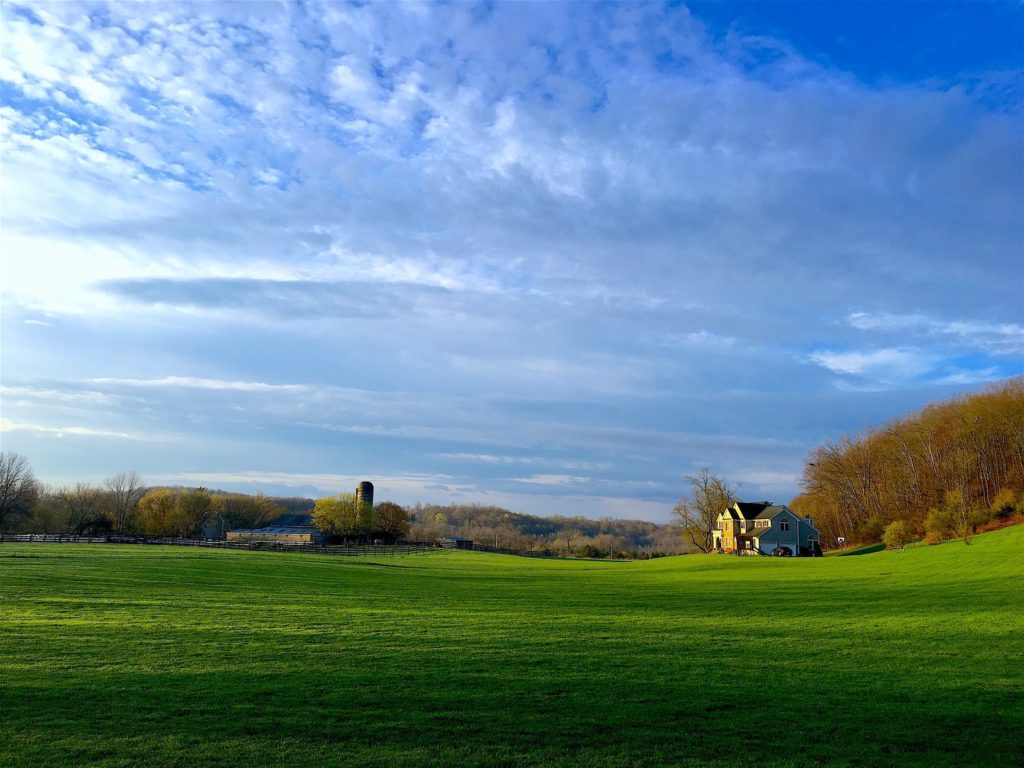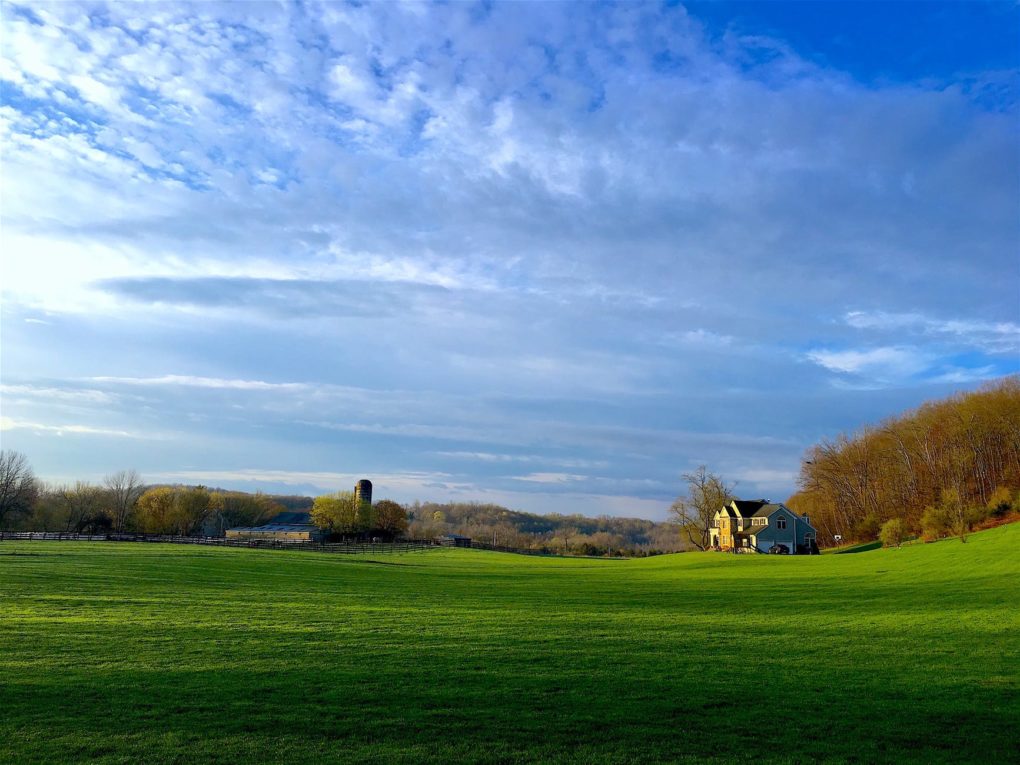Is Your Private Property Safe and Sustainable?

If you’re a property owner, you have the responsibility to maintain a safe space for residents, visitors, and — in some cases — even trespassers. How you design and develop your property will play a central role in whether you’re able to meet this duty.
Maintaining a Safe and Green Property
When a homeowner decides not to “over”-landscape a property, and instead let it remain as green and natural as possible, this can be an attractive choice. But one of the unintended consequences of owning a sustainable property is that it tends to harbor more potential ways for a visitor to hurt or injure himself.
From holes in the ground and fallen limbs to tall grass that hides obstacles and dips in the soil, many factors hold the potential to be dangerous. If you’re the homeowner, you may be held responsible for some of these conditions.
“When a person or company owns property or rents property, they incur an obligation to maintain that property in a reasonably safe manner,” attorney Jeffrey Glassman explains.
“If the property owner or the renter/occupier invites people onto that property and someone is harmed because the property was not maintained reasonably, the person or persons injured as a result of the negligent maintenance can file a personal injury claim under a body of laws known as premises liability.”
In order for a solid premises liability claim to be brought against you, the complaint must establish that you: (a) owed a duty of care, and (b) breached that duty in a negligent way that led to the injury or harm of someone else.
Plenty of gray areas can turn up under the theory of premises liability, and you certainly don’t want to get anywhere near them. You’ll be safest if you go out of your way to make sure your land and the structures on it are as safe as possible, to reduce the chances of mishaps on the premises.
Here are four essentials to which you should pay careful attention.
- Fire Safety
Did you know an estimated 355,000 home fires happen each year in the United States? That comes to roughly 1,000 home fires per day.
Such events can result in property damage, smoke damage, serious burns, and even loss of life. To prevent house fires, you should monitor the use of candles, avoid keeping dry brush near potential sources of heat and/or flames, and purchase fire extinguishers to place around the premises so whoever lives there will be ready to douse flames quickly should the need arise.
- Carbon Monoxide
Carbon monoxide is known as a silent killer. Roughly 430 deaths occur per year in the United States as the result of unintentional carbon monoxide poisoning.
Because this gas cannot be seen or smelled, it’s nearly impossible to know when the level of CO in the air reaches a life-threatening amount. The only reliable way to reduce the threat is to install carbon monoxide detectors throughout your home and in any structures where it could turn up (especially the garage or a workshop).
- Swimming Pools/Bodies of Water
If you have a swimming pool, pond, creek, or another body of water on your land, it needs to be properly marked and safeguarded so as to prevent vulnerable individuals from wandering into it and drowning. Children are of particular concern, since they may not fully perceive the danger or know how to swim.
- Possible Tripping Hazards
In premises liability cases, slips, trips, and falls are among the most common mishaps. In most instances, such accidents occur when one or more dangerous factors are present, but hidden or not highlighted.
For example, someone could be walking through a wooded area in your backyard and not know of or perceive a tree stump hidden in a pile of leaves or tall grass. If that person were to trip on the stump and break an arm in falling, you might be held technically liable. Eliminating as many tripping hazards as possible will lower your personal liability risk.
Are You Properly Insured?
Most people assume they’re adequately protected in the event that someone gets hurt on their property. Unfortunately, this isn’t necessarily the case.
Almost everyone possesses some kind of homeowners insurance, but it typically covers fairly specific situations only. Homeowners insurance is designed to protect your house from damage, not you from injuries suffered by people while they’re in your home.
In addition to homeowners insurance, it’s wise to invest in an umbrella insurance policy that’s designed to provide coverage for claims that may be excluded by your other insurance policies … or that go above and beyond your coverage limits.
One would hope it never comes to that, but should you ever need it, an umbrella policy will protect you from the financial backlash of a major unforeseen incident on your property.



